Housing in Pleasant Hill is a subject close to my heart, whether you’re a longtime resident, a landlord, or someone searching for that first place to call home. I understand how important it is to find housing that truly fits both budget and lifestyle. Have you found yourself wondering what options exist today and what’s being done to broaden them?
Let’s break it down together, clear away the confusion, and focus on practical solutions. I’ll share what I know about Pleasant Hill’s current housing market, the hurdles faced by buyers and renters, the programs meant to help, and how residents feel about the changes happening all around them. Maybe you’re looking to invest, or perhaps you simply want to feel at home in your neighborhood. Either way, my goal is to give you honest insights so you can make informed choices.
Key Takeaways
- Pleasant Hill housing solutions focus on balancing affordability and quality of life for both newcomers and long-term residents.
- Rising home prices and limited inventory create significant challenges for first-time buyers and renters seeking housing in Pleasant Hill.
- City-led affordable housing initiatives, including below-market-rate units and down payment assistance, are expanding options for local families.
- Accessory dwelling units and sustainable building practices are emerging as innovative responses within Pleasant Hill’s housing solutions.
- Active community involvement and quality property management are helping to maintain neighborhood identity and satisfaction despite rapid changes.
The Current Housing Landscape in Pleasant Hill
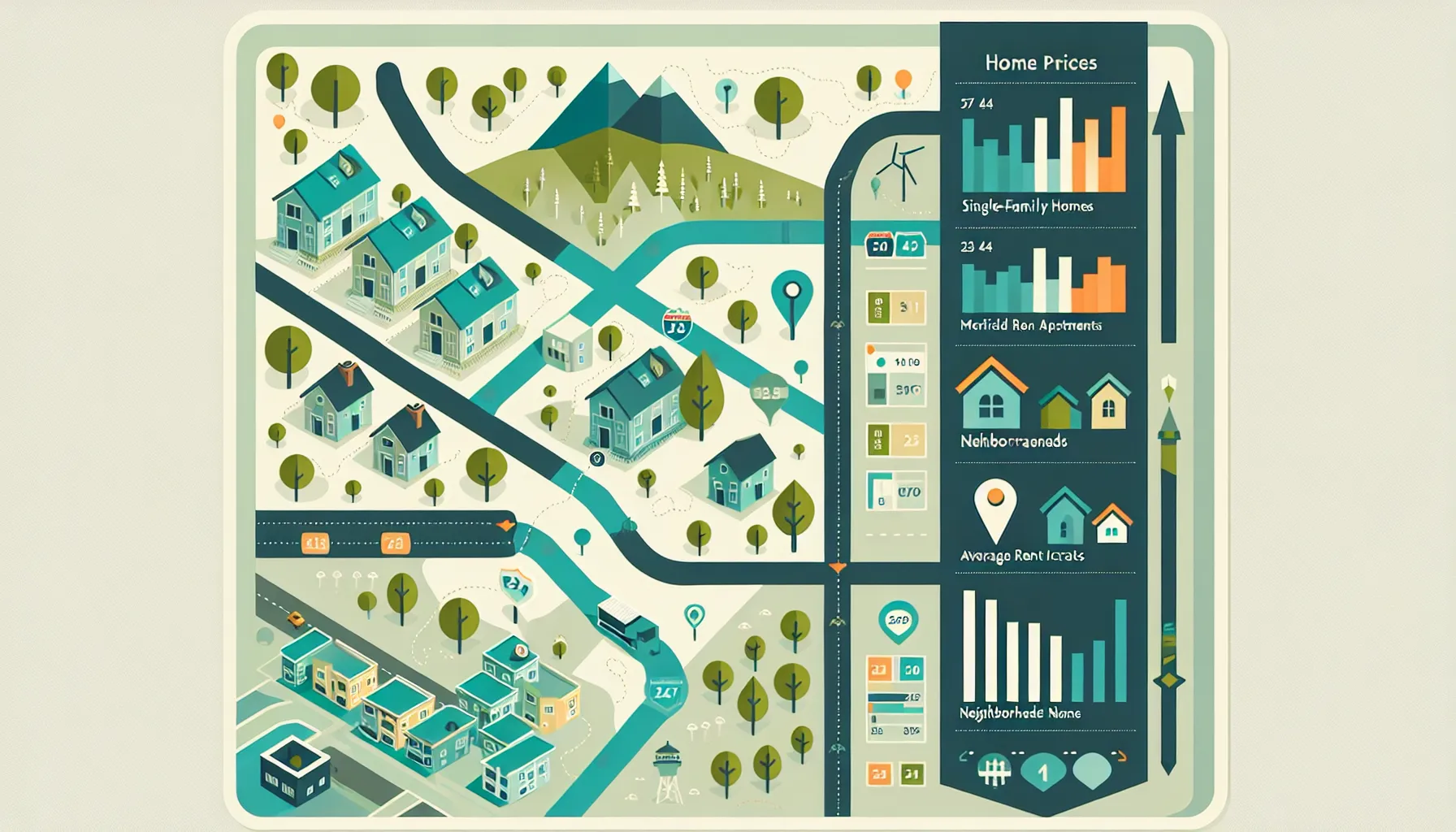
Pleasant Hill, nestled in the East Bay, offers a combination of single-family homes, modern apartments, and townhouses. Over the past decade, prices have risen steadily, a pattern seen across many parts of California. The city draws interest from both families and professionals working in nearby job centers like Walnut Creek and Concord. With easy freeway access and quality schools, Pleasant Hill’s appeal grows year after year.
Inventory can often feel tight. Homes listed for sale or rent tend to go quickly, with well-kept properties fetching especially high demand. Data shows the median home price has climbed to over $800,000, while the average rent for a two-bedroom apartment hovers well above $2,500 per month. That price point makes it hard for many individuals, especially first-time buyers or renters just starting out, to find suitable options without stretching their budget.
Neighborhoods throughout Pleasant Hill each have their own character. You’ll find homes with mature landscaping, tree-lined streets, and parks within walking distance. But beneath that charm, affordability remains a common concern I hear echoed by both current residents and those hoping to move in.
Challenges Facing Homebuyers and Renters
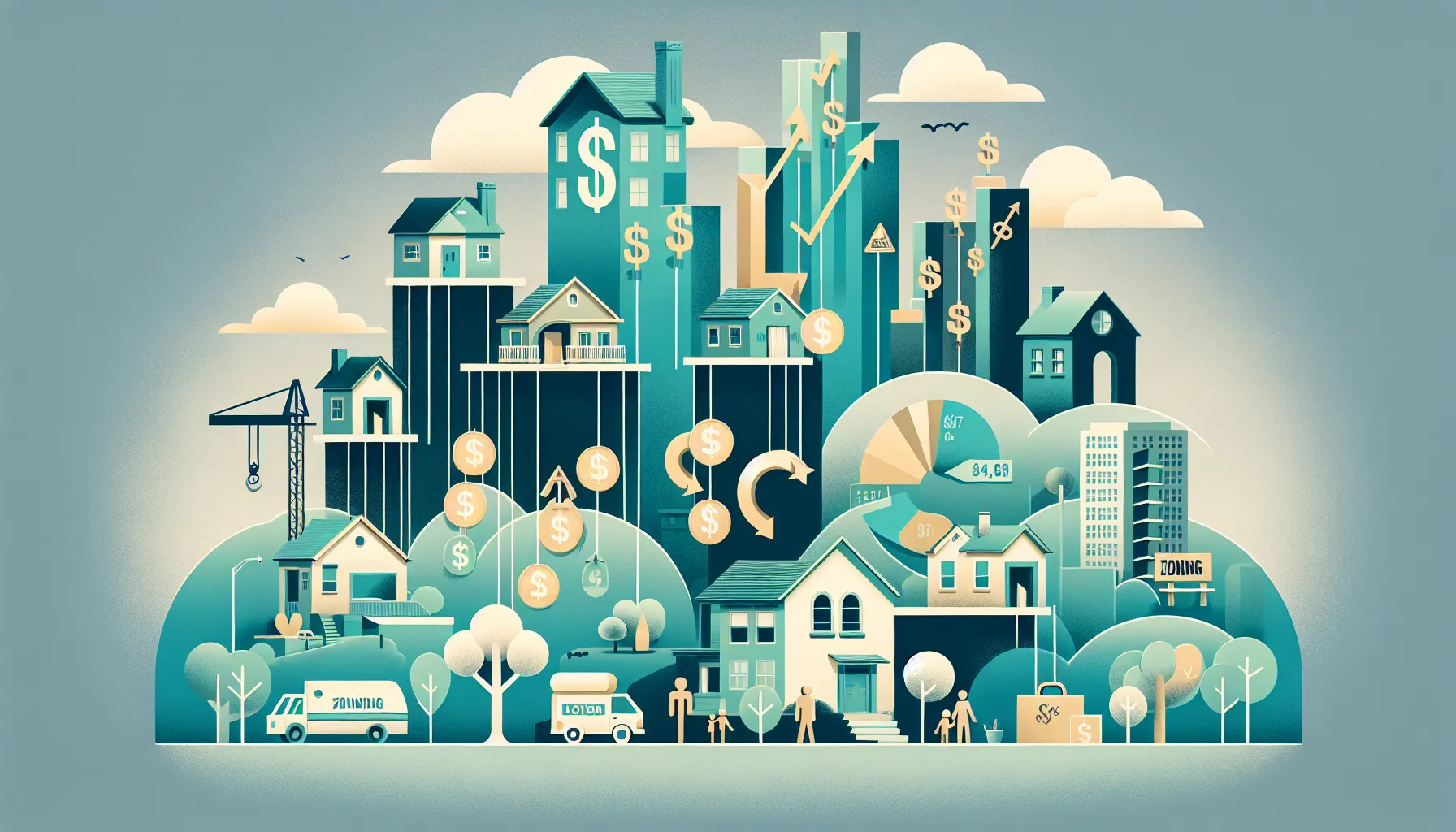
Rising costs aren’t limited to Pleasant Hill, they’re a theme across the Bay Area. But here, the shortage of available housing means competition is fierce. Buyers regularly face bidding wars. Many renters end up paying a large portion of their monthly income just to secure a spot.
Another challenge? The limited supply of new construction. Zoning regulations and concerns about preserving neighborhood character can slow down development. Some longtime residents are concerned about increased density, while others worry that younger families or teachers might get priced out entirely.
For newcomers or people who’ve relocated for work, finding housing that doesn’t expensive can feel like an impossible task. Even longtime homeowners, who may have moved away but want to keep their investment, have to figure out how to manage their property from a distance. I often hear from both groups about this push-pull between expectation and reality, how to make it work in a place that continues to evolve so quickly.
Affordable Housing Initiatives
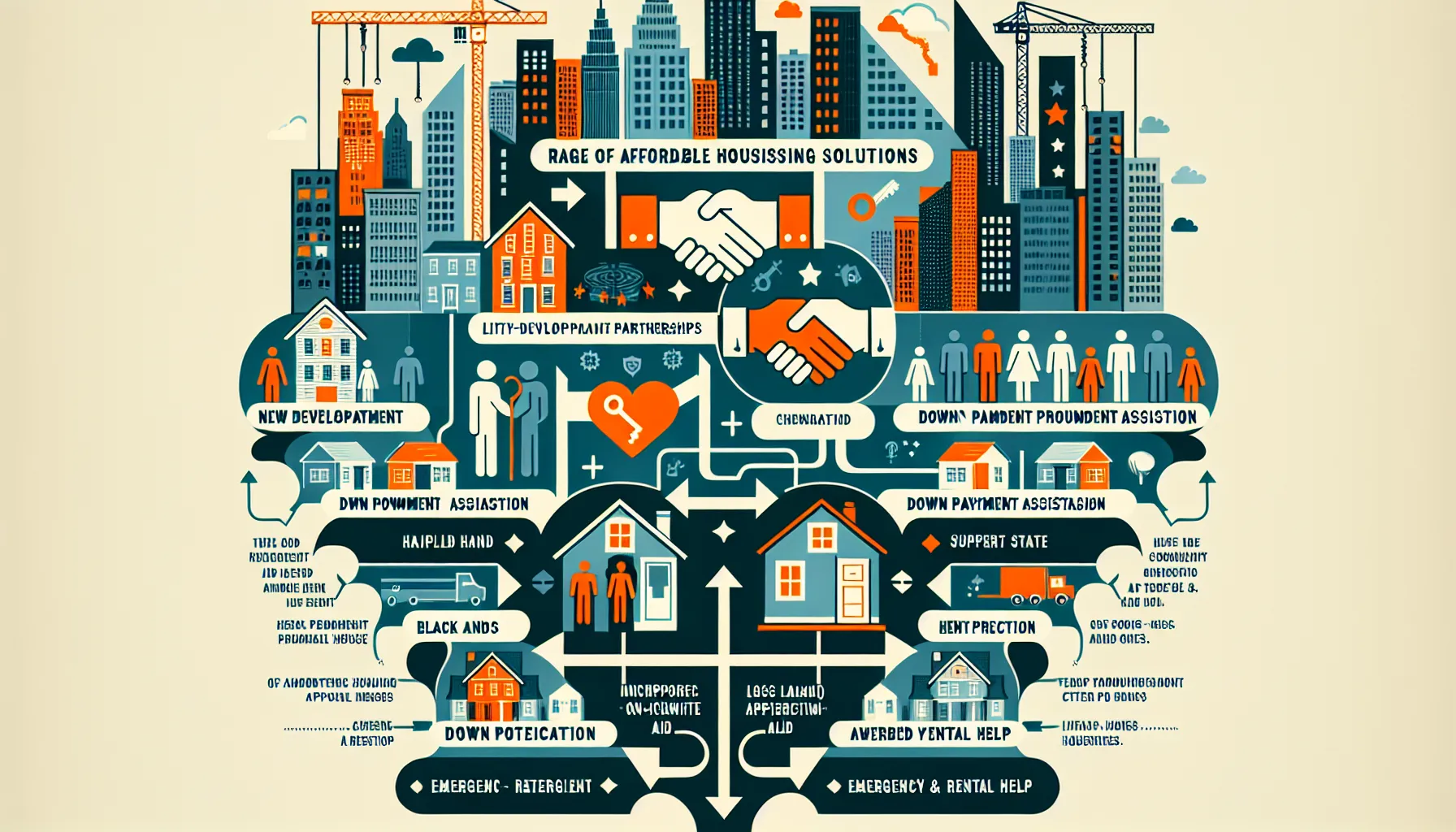
To address these challenges, Pleasant Hill has supported a number of affordable housing initiatives. City leaders work with development partners to add below-market-rate units to new projects. There are also programs that offer down payment assistance, making it easier for first-time buyers to get a foot in the door.
Renters benefit from affordability guidelines in select apartment communities. These restrict rents for certain households based on income, creating more stable long-term housing. Various non-profits in Contra Costa County also help connect families with subsidized units, rental assistance, or emergency support if they experience financial setbacks.
The state of California has pushed for localities like Pleasant Hill to increase their housing supply, especially for very low- and moderate-income residents. While progress can feel slow, every step toward more diverse housing helps create opportunities for people from all walks of life.
Sustainable and Innovative Housing Approaches
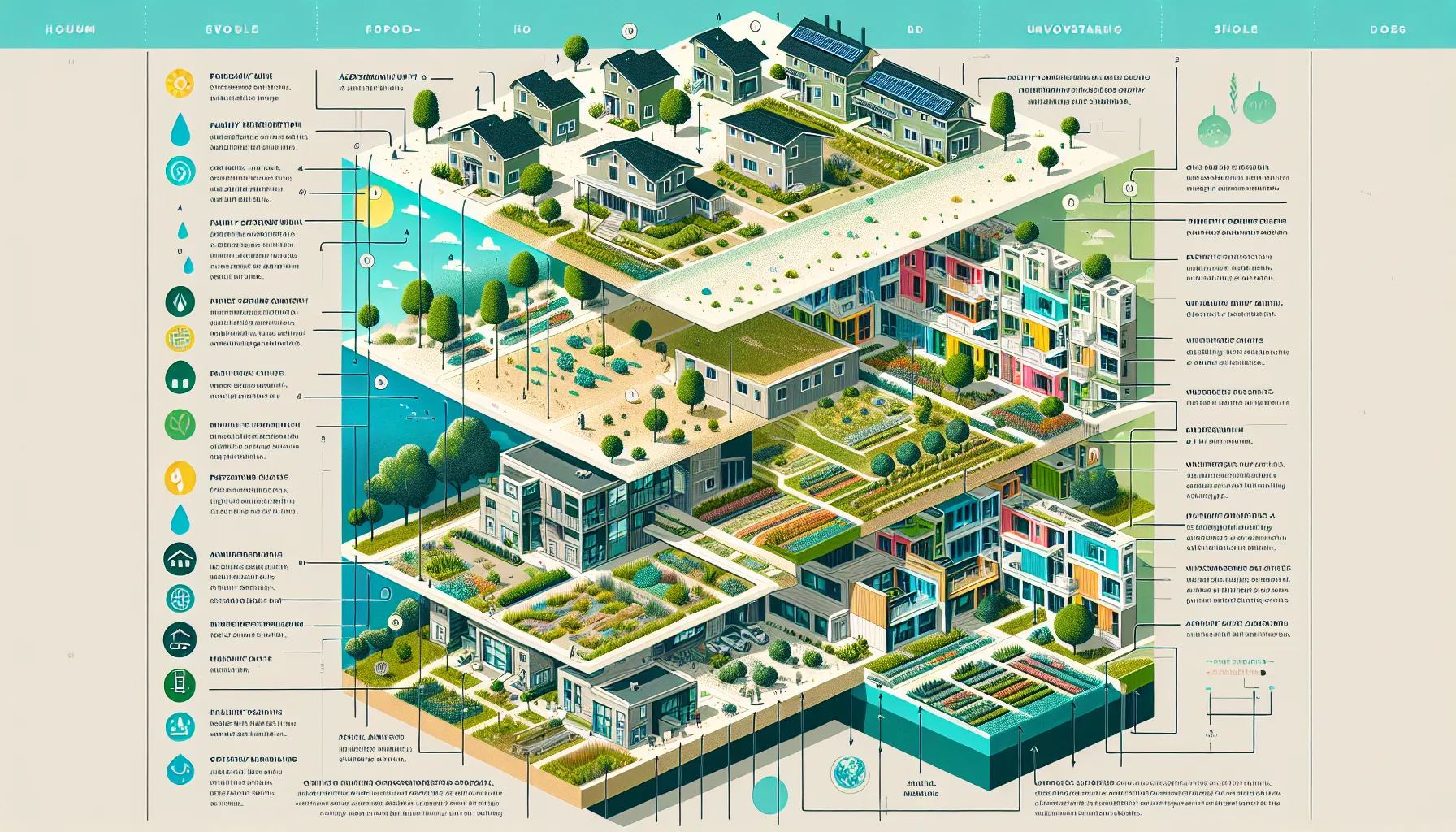
Traditional subdivisions aren’t the only solution these days. I’ve noticed a rising interest in accessory dwelling units (ADUs), those smaller, self-contained homes built in backyards. They provide extra living space for extended family, college-age kids, or even a source of rental income. For Pleasant Hill homeowners, ADUs represent a chance to help with the local housing shortage while making smart use of their lots.
Developers are also starting to incorporate sustainable design, such as solar panels, energy-efficient appliances, and drought-resistant landscaping. These features aren’t just good for the environment, they can help lower ongoing costs and increase property values over time.
Some proposals look at underused commercial parcels for mixed-used projects, blending residential, retail, and office space. This approach brings new life to empty lots and supports a walkable, vibrant community atmosphere. I believe that creative thinking will be a big part of Pleasant Hill’s housing story in the years ahead.
Community Impact and Resident Experiences
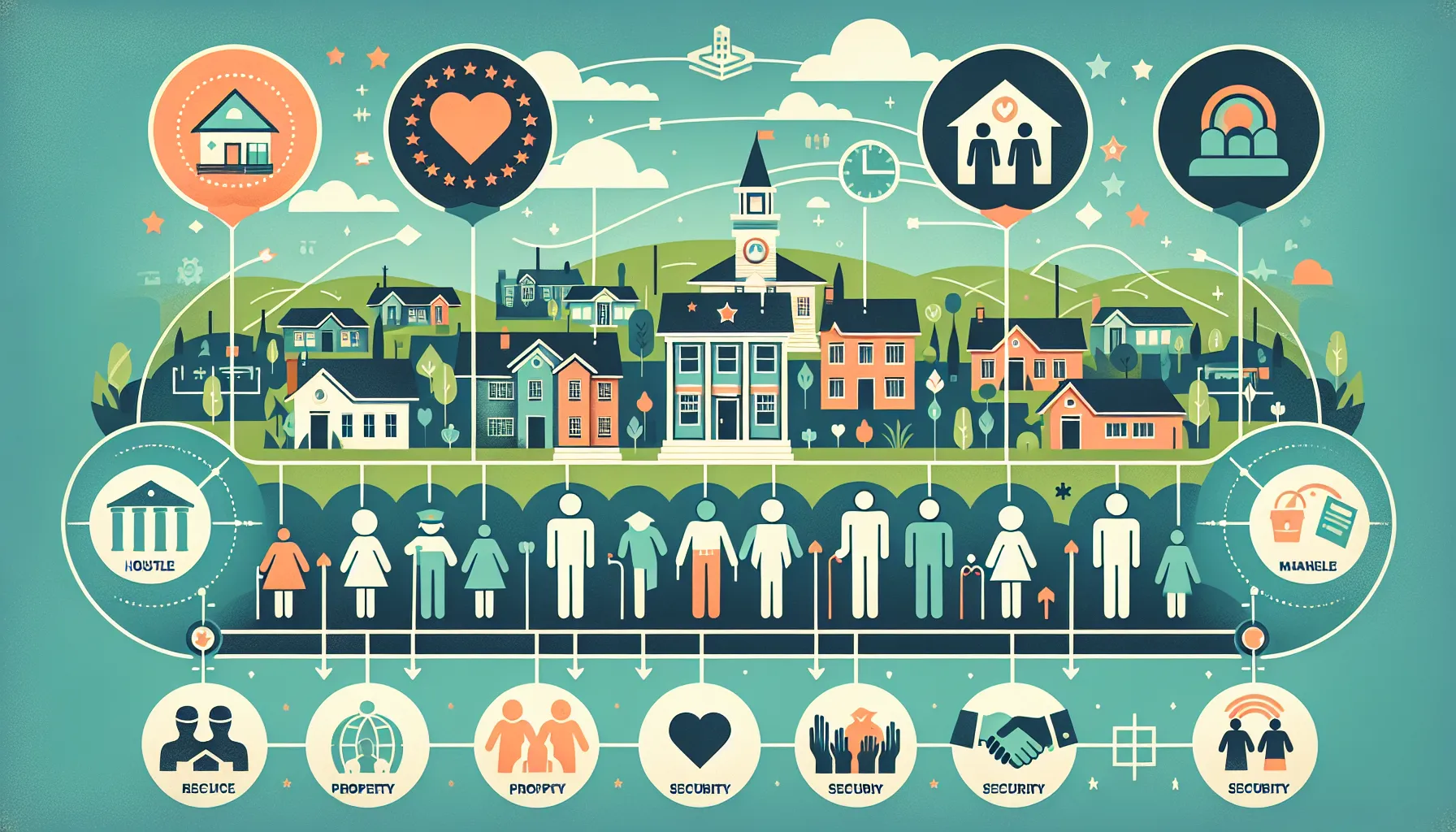
Housing changes don’t just affect numbers on a spreadsheet, they shape the lives of every person who calls Pleasant Hill home. I’ve heard firsthand from residents who feel the strain of rising rents, but also from those who appreciate the city’s efforts to maintain a sense of community.
Longtime property owners who now live elsewhere frequently share how professional property management gives them peace of mind. When tenant needs are managed well, both renters and landlords benefit. As one client told me, “I have always had peace of mind in knowing the tenants will be satisfied with their rental arrangement and keep paying their rent.”
New arrivals, from young professionals to families, often mention gratitude for help navigating the local market, whether from agents, community groups, or seasoned landlords who know what works. At the same time, I see a growing call for city leaders to listen closely, involve residents in planning decisions, and keep neighborhood identities strong while adapting to new needs.
Testimonials and reviews regularly mention prompt service, clear communication, and a genuine commitment to both tenants’ and owners’ satisfaction. It’s reassuring to know that even as Pleasant Hill grows and changes, so many people still treasure that personal touch.
Conclusion
Finding the right housing in Pleasant Hill takes patience, awareness, and a willingness to explore new possibilities. Whether you’re a homeowner, an investor managing several properties, or someone searching for a place to call home, the challenges are real, but so are the solutions. City initiatives, creative housing designs, and dedicated management have already helped many people.
I believe that by focusing on practical options, keeping communication open, and supporting each other, we can shape Pleasant Hill into an even more welcoming, accessible community. Have you thought about what type of housing best matches your life now, or what you might need next year? The conversation continues, and I’m always happy to connect with anyone interested in learning more about Pleasant Hill’s housing scene.
Frequently Asked Questions About Pleasant Hill Housing Solutions
What are the main housing options available in Pleasant Hill?
Pleasant Hill offers a range of housing solutions including single-family homes, modern apartments, townhouses, and accessory dwelling units (ADUs). These options suit different budgets and lifestyles, making the city appealing for families, professionals, and first-time buyers.
How affordable is housing in Pleasant Hill?
Housing affordability is a major challenge in Pleasant Hill. The median home price exceeds $800,000, and two-bedroom apartments average over $2,500 per month. Affordable housing initiatives and down payment assistance programs aim to help but competition remains intense.
What housing assistance programs are available in Pleasant Hill?
Pleasant Hill supports several affordable housing solutions, like below-market-rate units in new developments and down payment assistance for first-time buyers. Non-profits and local agencies also provide rental assistance, subsidized units, and emergency housing support for residents in need.
How is Pleasant Hill addressing the housing shortage?
The city is increasing its housing supply by encouraging accessory dwelling units (ADUs), supporting mixed-use developments that blend residential and retail spaces, and working with developers to add affordable units in new projects. These innovative solutions aim to expand housing options for all income levels.
What sustainable features are being incorporated into Pleasant Hill housing?
New housing projects in Pleasant Hill often include sustainable features like solar panels, energy-efficient appliances, and drought-resistant landscaping. These elements reduce environmental impact and lower utility costs for homeowners and renters alike.
Can out-of-town property owners easily manage rentals in Pleasant Hill?
Yes, many out-of-town property owners use professional property management services in Pleasant Hill. These services handle tenant relations, maintenance, and rent collection, ensuring peace of mind for landlords and a smooth experience for renters.
